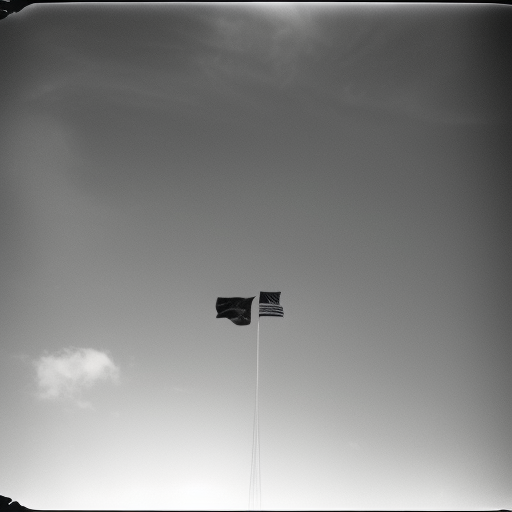Summary: STS-41-B
STS-41-B was the tenth Space Shuttle mission and the fourth flight of the Challenger. It was launched on February 3, 1984, from Kennedy Space Center in Florida. The mission lasted for just over seven days and marked several significant milestones in the history of space exploration.
Launch and Crew
The crew of STS-41-B consisted of five astronauts: Vance D. Brand, Robert L. Gibson, Bruce McCandless II, Ronald McNair, and Robert L. Stewart. The mission was commanded by Vance D. Brand. The primary objective of the mission was to deploy two communication satellites, WESTAR-VI and PALAPA-B2.
Deployment of Communication Satellites
On the second day of the mission, the crew successfully deployed the WESTAR-VI satellite. However, the PALAPA-B2 satellite experienced a malfunction during deployment, and its booster rocket failed to ignite. Despite this setback, the crew managed to retrieve the satellite and bring it back to Earth for repairs.
First Untethered Spacewalk
STS-41-B is best known for the historic first untethered spacewalk performed by Bruce McCandless II. Using the Manned Maneuvering Unit (MMU), McCandless ventured away from the shuttle, becoming the first astronaut to fly freely in space without being attached to the spacecraft. This groundbreaking achievement opened up new possibilities for future space exploration and paved the way for future spacewalks.
Scientific Experiments
The mission also included a series of scientific experiments. One of the experiments involved observing the behavior of fluids in microgravity. The crew conducted experiments on the behavior of liquid droplets, which provided valuable insights into the physics of fluid dynamics in space.
Another experiment focused on the growth of crystals in microgravity. By studying the formation of crystals in space, scientists hoped to gain a better understanding of the fundamental processes involved in crystal growth and potentially develop new materials with enhanced properties.
Conclusion
STS-41-B was a significant mission in the history of space exploration. It demonstrated the capabilities of the Space Shuttle program and showcased the potential for human spaceflight beyond the confines of the spacecraft. The successful deployment of the WESTAR-VI satellite and the first untethered spacewalk were major milestones that pushed the boundaries of human achievement in space.
The mission also contributed to scientific knowledge through experiments on fluid dynamics and crystal growth. These experiments provided valuable insights into the behavior of fluids and the formation of crystals in microgravity, which have practical applications in various fields, including materials science and pharmaceutical research.
Overall, STS-41-B was a successful mission that advanced our understanding of space and demonstrated the capabilities of the Space Shuttle program. It paved the way for future missions and laid the foundation for further exploration and scientific research in space.












